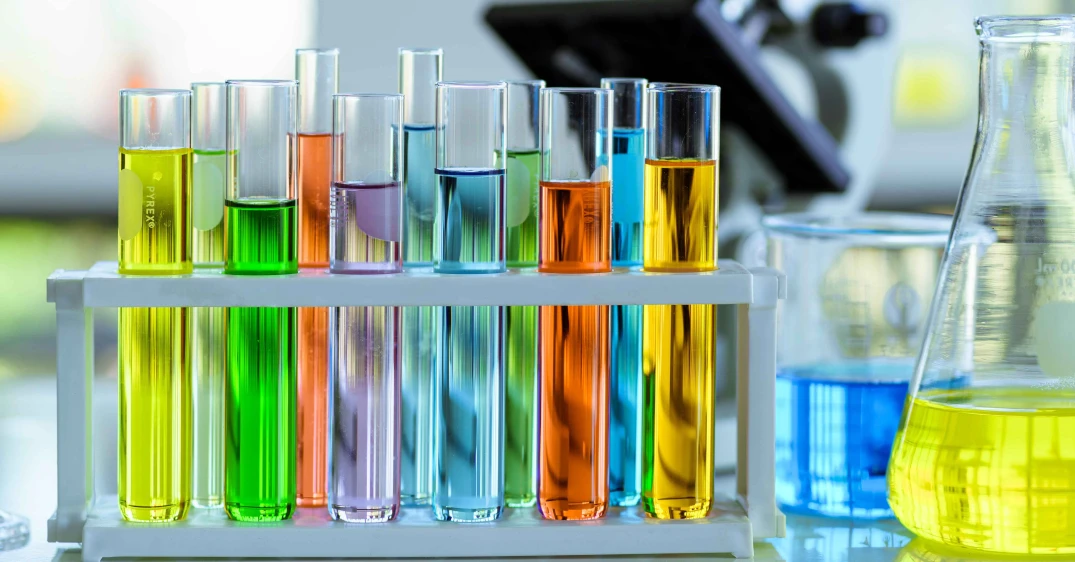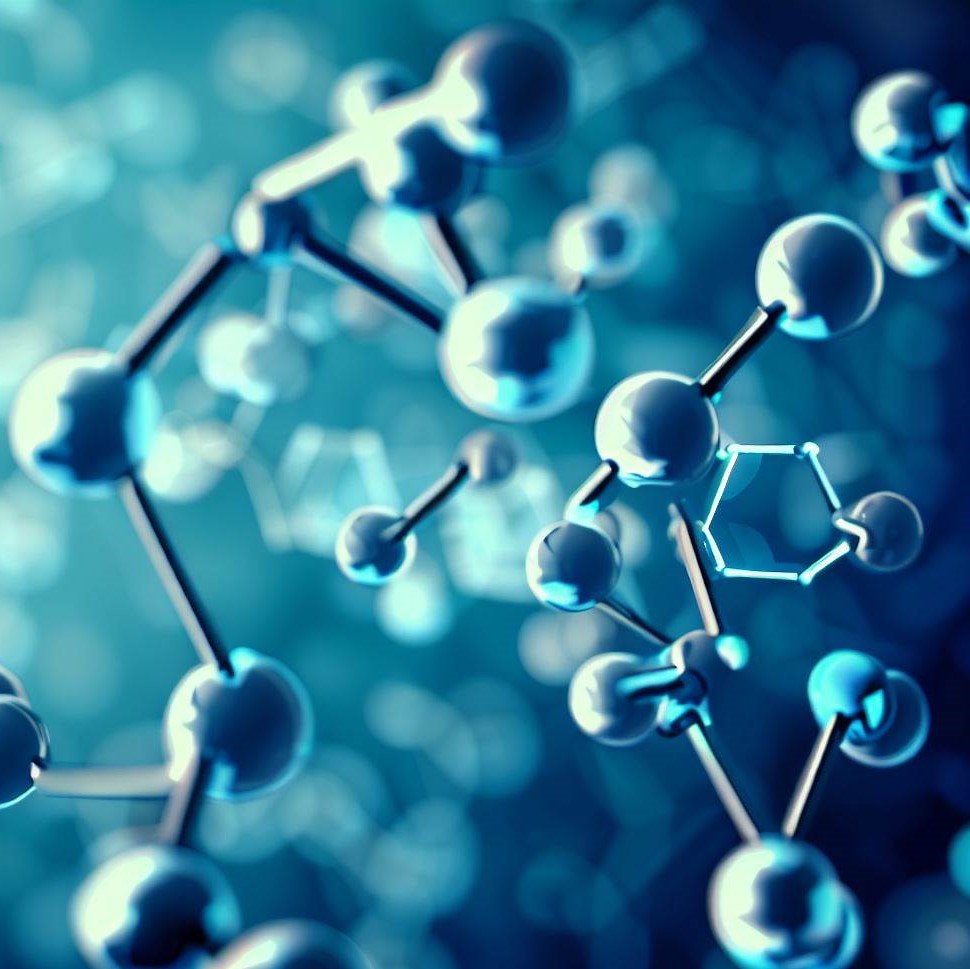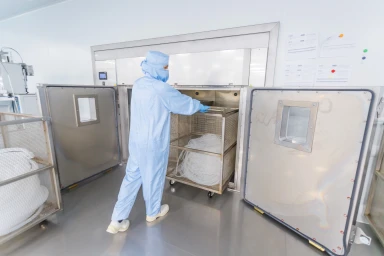REACH regulation and the hazards of the Substances of Very High Concern (SVHC)

The REGULATION (EC) No 1907/2006 concerning the Registration, Evaluation, Authorisation, and Restriction of Chemicals more commonly known as REACH is a regulation with the primary objective of enhancing the protection of human health and the environment from the risks that can be posed by chemicals.

It regulates the production of chemical substances and evaluates their potential impact on both human health and the environment. It affects all chemical substances, not only those used in industrial settings including those present in electrical devices, furniture, etc so it affects a large majority of European companies.
ECHA, the body responsible for the administration of this regulation is the European Chemicals Agency
The body responsible for the administration of this regulation is the European Chemicals Agency (ECHA), and independent organisms located in Helsinki, Finland that promotes that companies comply with the legislation, provides information about chemicals, asses health concerncs related to the use of chemical substances, etc.

Criteria for including the substances at SVHC.
The ECHA also evaluates the inclusion of chemicals into the Substances of Very High Concern list (SVHC). Substances are added to the list if they suppose concerns for human health or environmental safety. Some of the criteria for including them are:
- Substances classified as carcinogenic, mutagenic, or toxic to reproduction, specifically those falling under category 1A or 1B in the CLP (CE) 1272/2008 regulation.
- Substances characterized as persistent or very persistent, along with bio accumulable substances (vPbP) and toxic substances (PBT).
- Other compounds for which sufficient scientific evidence exists to demonstrate that they might pose a comparable level of hazard as the substances described earlier.
This list is constantly evolving and assimilating substances as ample evidence of their hazardous nature comes to light.
Bisphenol A entered at SVHC
As an example, in 2017, the list underwent an update that introduced four new substances, including Bisphenol A.

Bisphenol A is extensively employed in the fabrication of plastics and resins, primarily in the production of epoxy and polycarbonate, and it also plays a role in the manufacturing of several polysulfones and PVC. BPA has been identified as an endocrine disruptor, exhibiting detrimental impacts on both human health and the environment. It manifests toxic effects on reproduction, has the potential to induce eye and respiratory damage, trigger skin allergies, and moreover, is classified as highly toxic to aquatic life.
The PFAs and the SVHC
In a more recent development, in February 2023, a proposition was put forth to restrict per- and polyfluoroalkyl substances (PFASs), an extensive group comprising over 10,000 compounds extensively employed across various industries. This development has triggered significant upheaval within the sectors utilizing these materials, such as cosmetics, food, and pharmaceuticals. These industries are now actively seeking alternative solutions that avoid the incorporation of these worrisome substances.

Inclusion in the SVHC list entails responsibility for companies utilizing such substances to notify ECHA if the substance's concentration in the product surpasses 0.1% (m/m). In such instances, the commercialization of the product necessitates specific use approval by ECHA.
Venair and the free SVHC products solutions
Venair silicone products for the food, selfcare and pharma industries are made exclusively for medical-grade silicon that do not incorporate any product in the SVHC list above the 0.1% (m/m) limit. This allows us to ensure the continuity of our supply while guaranteeing the safety of the end-consumer.
These products stand as a compelling substitute for various plastic hoses and tubing options like PVC, as well as other materials that might contain BPA, phthalates, or other SVHC-related substances.






